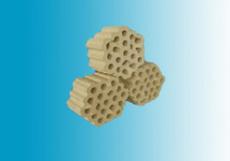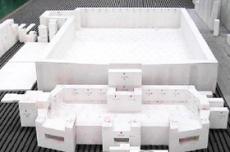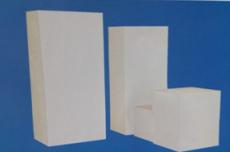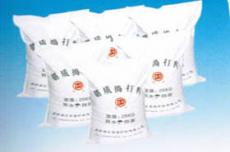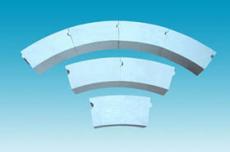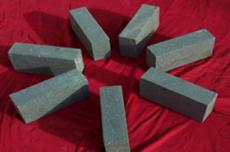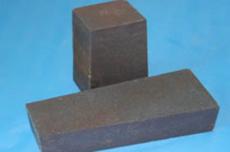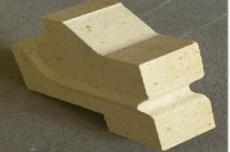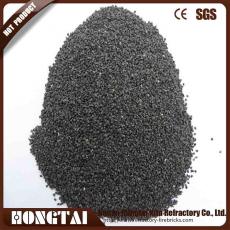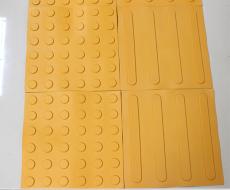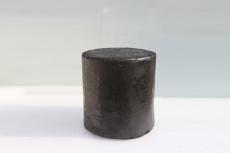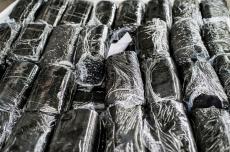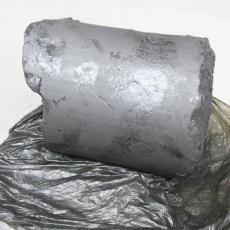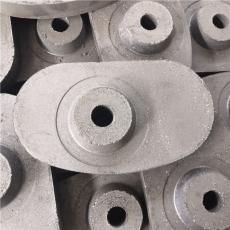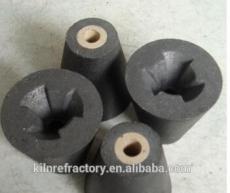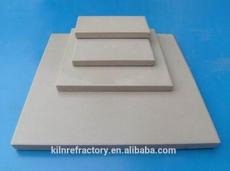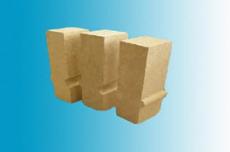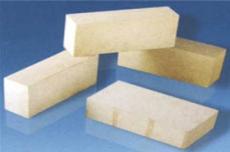
The RH refining device has a vent for the riser and the other for the downcomer. Before refining the molten steel, the mouth of the immersion tube is first immersed below the surface of the molten steel, and then the vacuum chamber is evacuated to make the pressure inside the vacuum chamber negative. At this time, the molten steel in the ladle is subjected to a suction force of about 0.1MPa.
When argon is continuously blown into the riser at a certain flow rate, a static pressure difference will be generated between the downcomer and the riser. Under the action of pressure, the molten steel will enter the vacuum chamber from the riser with the air flow. In the vacuum chamber, a series of reactions will be performed to improve the cleanliness of the molten steel, and then it will flow back to the ladle from the downcomer connected to the lower part of the vacuum chamber, and the molten steel will be refined in this way over and over again. Argon, hydrogen, carbon monoxide and other gases in the molten steel will also be extracted in this process. At the same time, the molten steel flowing through the vacuum tank will also undergo gold-lifting reactions, such as carbon-oxygen reactions, and the molten steel will be purified in such a repetitive cycle. The working environment temperature of the immersion pipe is generally 1600-1670℃, and the duration is 15-40min. Due to the working environment, the RH immersion pipe has been in an intermittent working state of heating and cooling, which causes the refractory material to generate large thermal stress inside the material during the alternating process of hot and cold. Due to the influence of thermal shock, the overall structure of the material will become loose, which will greatly reduce the strength and density, and the ability of the refractory material to resist the erosion and erosion of molten steel will be greatly reduced, and the service life of the refractory material will also be greatly reduced.
Commonly used refractory materials for RH insertion tube lining are mainly the following materials:
01 Magnesium-chromium refractory
Magnesium-chromium refractory is a refractory material made of magnesia as the main raw material and chromium ore as the auxiliary raw material. After high-temperature sintering, there will be obvious physical and chemical reactions between magnesia and chromium ore, forming a structure in which the chromium ore phase is wrapped by periclase. Magnesium-chromium refractory can be divided into four categories according to different production processes: ordinary silicate-bonded magnesia-chrome bricks, directly-bonded magnesia-chrome bricks, rebonded magnesia-chrome bricks and semi-rebonded magnesia-chrome bricks. Among them, the rebonded magnesia-chrome brick has good anti-corrosion and anti-scouring properties, while the semi-rebonded magnesia-chrome brick has good thermal shock resistance.
Although magnesia-chrome refractory materials have good performance in steel smelting, Cr6+ is very harmful to the environment and human body. In recent years, due to the advocacy of building an environmentally friendly society, it is necessary to reduce the pollution and damage to the environment as much as possible, so materials containing chromium elements should be used as little as possible or not at all. Therefore, it is urgent to find a material that can replace magnesia-chrome bricks.
02MgO-CaO refractory materials
MgO-CaO refractory materials include magnesia-calcium tundish coatings, unfired magnesia-calcium bricks, fired magnesia-calcium bricks and dry ramming materials. The refined slag used in the refining process of molten steel outside the furnace has a low iron oxide content, so it will not react with CaO in MgO-CaO bricks to generate more low-melting calcium ferrite. Therefore, the fired magnesia-calcium bricks can be used in the immersion tube of the RH refining furnace, and will not introduce impurities into the molten steel, nor will it pollute the environment. It is very suitable for the smelting of clean steel. Characteristics of MgO-CaO refractory materials.
1) Good high-temperature stability.
The main components of MgO-CaO refractory materials are MgO and CaO with high refractoriness, and their eutectic temperature is also above 2300℃, so the material has good high-temperature stability.
2) Excellent slag resistance.
The CaO in magnesia-calcium sand will dissolve first in the low-alkalinity slag, thereby increasing the alkalinity of the slag, greatly increasing the viscosity of the slag, reducing fluidity, and thus improving the erosion resistance and penetration performance of the refractory to the slag.
3) Good thermal shock resistance.
At high temperatures, free CaO can effectively alleviate the thermal stress caused by temperature fluctuations on the material due to its large creep and strong plasticity, thereby improving the thermal shock resistance of the material.
Although magnesium-calcium refractories have many advantages, the disadvantage of easy hydration of CaO is also obvious. The hydration problem of magnesium-calcium refractories will lead to a significant decrease in the corrosion resistance of refractories. Although the addition of anti-hydration agents can reduce the hydration rate, it will also bring new impurities to the molten steel.
03MgO-ZrO2 refractories
MgO-ZrO2 bricks have excellent high-temperature performance and good wear resistance, making MgO-ZrO2 refractories a substitute for magnesium-chromium refractories and attracting much attention. ZrO2 is a weakly acidic oxide that has a strong resistance to erosion by acidic or neutral slag. At the same time, ZrO2 will undergo phase changes at high temperatures and during cooling, producing a volume effect. MgO has a strong ability to resist alkaline slag, so the combination of the two can enable the refractory material to be used in a smelting environment with large fluctuations in slag alkalinity, expanding the application range of the material; at the same time, the volume effect of ZrO2 can introduce microcracks in the microstructure of the magnesia material, which can improve the material's laminar properties and improve the overall thermal shock resistance of the material. The combination of the excellent properties of the two makes the magnesia-zirconium refractory material have both excellent slag resistance and good thermal shock resistance, which makes it possible for the magnesia-zirconium refractory material to become an excellent RH chromium-free furnace lining refractory material.
04MgO-MA refractory material
With the rapid development of MgO-MA refractory materials, Al2O3, TiCb, ZrO2, Fe2O3, FeO and other substances are gradually introduced into the material made of fused magnesia sand and pre-synthesized spinel to improve product quality. Compared with magnesia-chrome bricks, spinel refractory materials not only have good anti-oxidation and reduction properties, corrosion resistance, thermal shock resistance and volume stability, but also reduce the harm of hexavalent chromium to the environment and human body.
Raw materials of MgAl2O4 materials
Periclite is a high melting point phase with a melting point of 2800℃; volume density of 3.23g/cm3; thermal expansion coefficient of 13.5×10-6K-1. Magnesium sand is often used as a raw material in high-temperature industries such as cement, glass, and steel because of its good high-temperature performance and resistance to erosion by alkaline slag.
The theoretical mass percentage of each component in magnesia-alumina spinel (MgAl2O4) is: 28.3% MgO, 71.7% Al2O3, volume density of about 3.2g/cm3, Mohs hardness>9.0, high melting point (2250℃) and thermal expansion coefficient of 8.0×10-6K-1. Since MgAl2O4 is a neutral compound, it has a strong corrosion resistance to slag with large pH fluctuations. MgAl2O4 is also often used as lining material in cement kilns, glass melting furnaces, and ladles because of its excellent thermal shock resistance, good wear resistance, and high-temperature mechanical stability.
2) Improvement of the performance of magnesia-alumina spinel refractory materials
Magnesium-alumina spinel refractory materials have good creep resistance and thermal shock resistance, and can maintain good volume stability in various atmospheres. However, we still need to appropriately improve the performance of magnesia-alumina spinel refractory materials so that they can better adapt to the stringent requirements of RH refining furnaces. Generally, the service life of the material is improved by promoting sintering to densify the material, microcrack toughening, and slag erosion resistance. When the degree of sample densification is improved, the pores in the sample will be reduced accordingly, which will greatly reduce the penetration and erosion of slag on the refractory lining. When microcracks are generated, the thermal shock resistance and high temperature flexural strength of the composite material will be greatly improved, and the number of microcracks will increase with the increase in the amount of in-situ spinel generated. It should be noted that we must reasonably control the number of microcracks, because too many microcracks or too large cracks will lead to crack expansion and greatly reduce the strength of the material.
